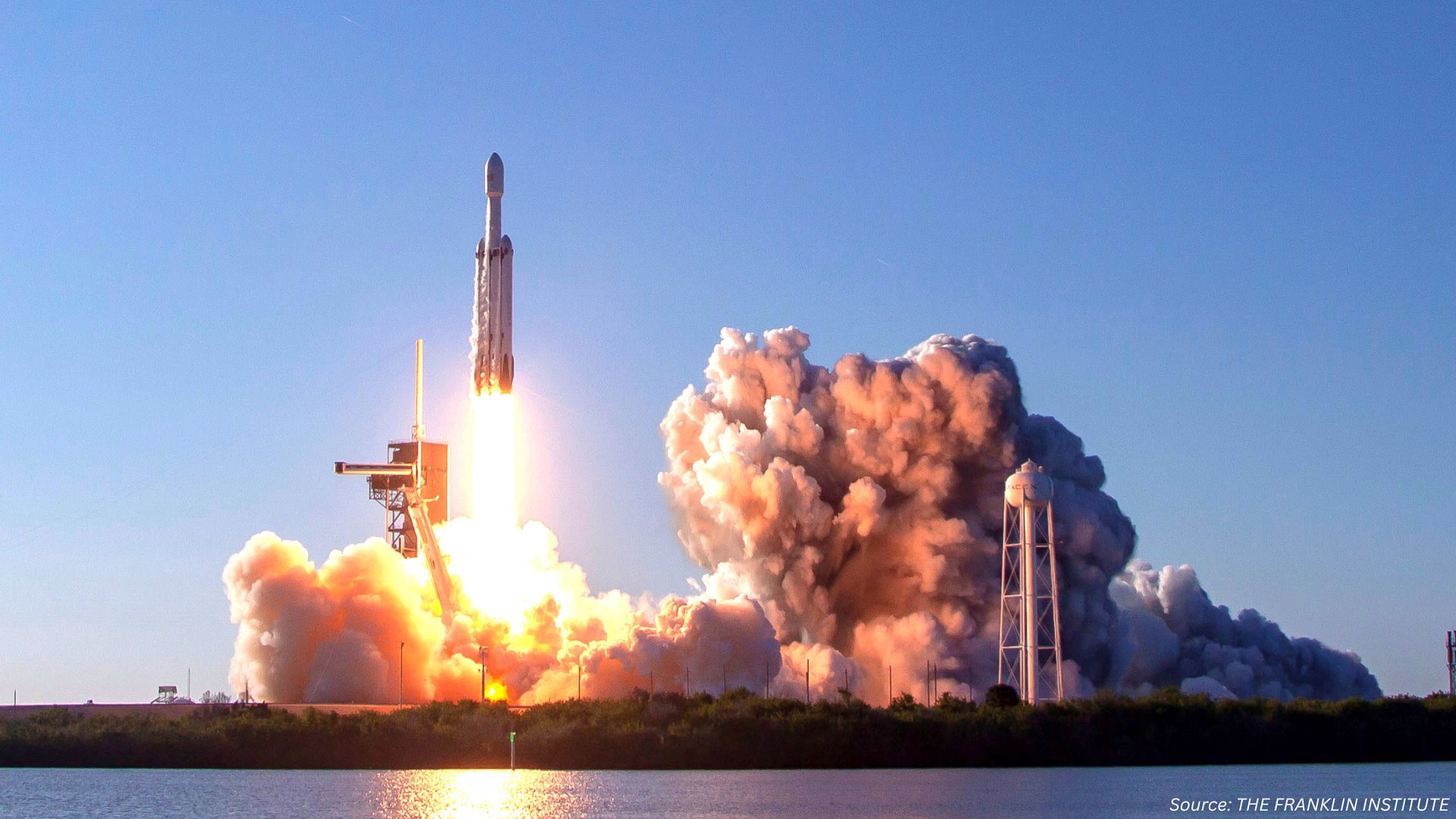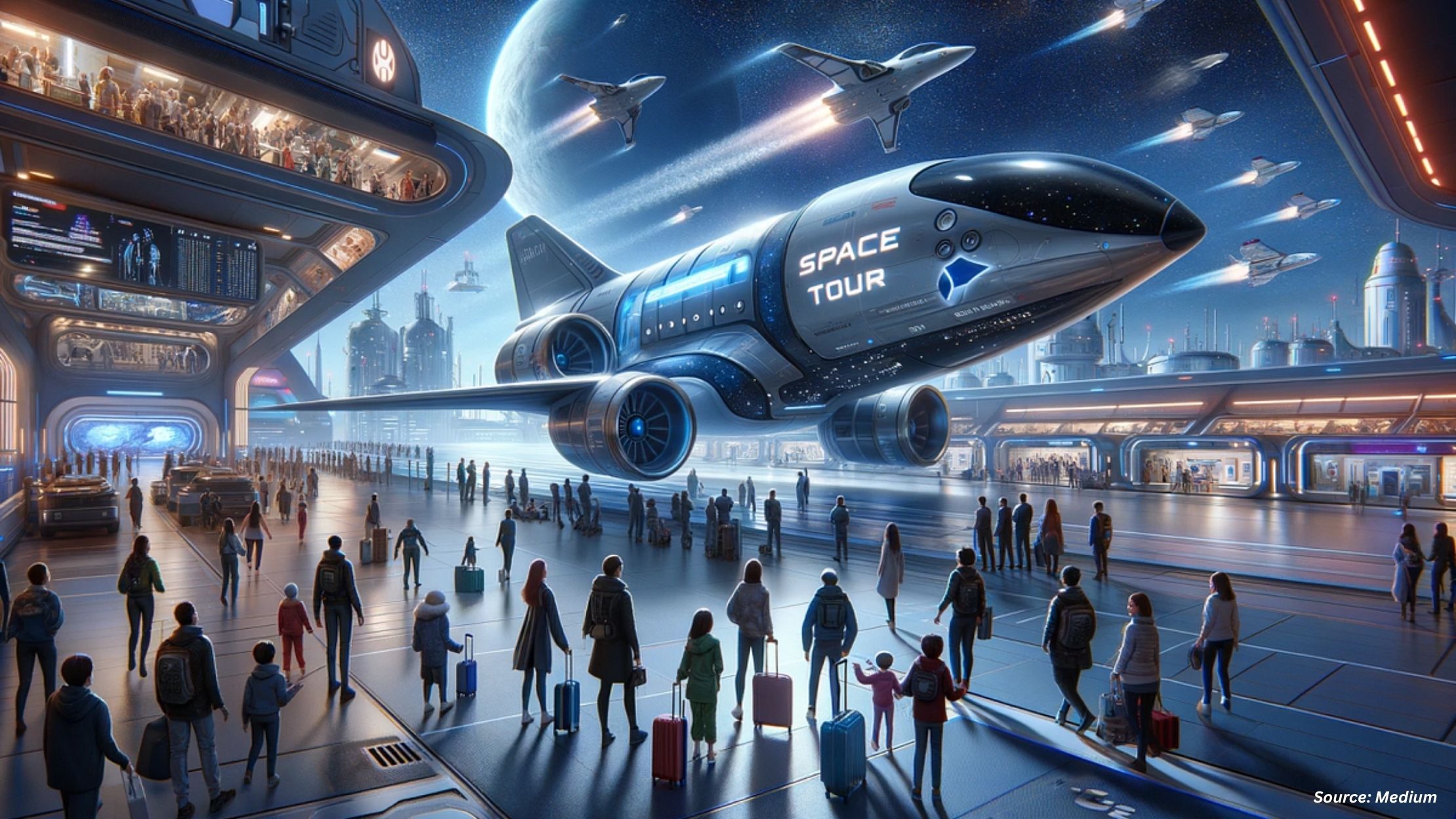
Low Earth Orbit (LEO) Satellites Market by Application, Communications, Earth Observation (EO) And Remote Sensing, Positioning, Navigation & Timing (PNT), Scientific And Technology Development, by Frequency Band, L-Band, S-Band, C-Band, Laser/Optical, by Satellite Mass, Large Satellites, Medium Satellites, Small Satellites, Cubesats, by Value Chain, Infrastructure, Downstream Services, Lifecycle Services, by End User, Dual Use - Global Opportunity Analysis and Industry Forecast 2024-2030
Market Definition
The Low Earth Orbit Satellites Market size was valued at USD 8.9 billion in 2023 and is predicted to reach USD 25.5 billion by 2030 with a CAGR of 16.3% from 2024-2030.
Low Earth orbit (LEO) satellites are satellites that orbit the Earth at altitudes between 500 and 2,000 kilometers. Unlike satellites in higher orbits, LEO satellites offer advantages such as lower latency and frequent revisits to specific areas. This makes them particularly valuable for applications requiring real-time data, including global broadband coverage, Earth observation, scientific research, and telecommunications.
The proximity to Earth facilitates quicker data transmission, enhancing connectivity for services such as high-speed internet and location-based systems for industries including logistics, transportation, and autonomous vehicles. LEO satellites have become pivotal in addressing various industry needs, contributing to advancements in communication, Earth monitoring, scientific exploration, and navigation technologies.
Market Dynamics and Trends
The growth of the LEO satellite market is driven by the increasing demand for high-speed internet access across the globe. As per the recent report published by the International Telecommunication Union, over 5.3 billion people worldwide were using the Internet in 2022, and this demand is expected to rise significantly in the coming years.
LEO satellites are at the forefront of addressing this demand, providing advantages such as lower latency, wider coverage areas, and more cost-effective deployment and maintenance compared to traditional satellite systems. These features contribute significantly to the increasing prominence of the LEO satellite market.
Moreover, the growing use of satellites in natural disaster monitoring, urban planning, fisheries management, crop forecasting, and distance learning is significantly boosting the market growth. Satellites play a crucial role in monitoring and managing natural disasters, providing valuable data for effective disaster response and mitigation.
Additionally, they play a major role in sectors including fisheries management and agriculture leading to improved resource management. The diverse applications of LEO satellites across various industries contribute significantly to the overall growth of the market.
Furthermore, increasing investments in space programs by governments of numerous countries such as the U.S., China, and India for research & development activities to enhance global position systems (GPS) for navigation of ships, aircraft, and land vehicles are expected to further propel the growth of low earth orbit satellites market.
According to the report published by NASA, US spent USD 24.9 billion dollars in space research and exploration in 2022 as compared to USD 23.3 billion in 2021. These substantial investments highlight the global focus on advancing satellite technologies and navigation systems, contributing to the expansion of the LEO satellites market.
However, strict government regulations such as the Outer Space Treaty and registration convention are the major factors hampering the growth of the market. On the contrary, the introduction of reusable rockets that significantly reduced the cost of space missions, making it more affordable for companies and governments to launch satellites, conduct research, and explore space is anticipated to create ample growth opportunities for the market in the coming years.
Market Segmentations and Scope of the Study
The low earth orbit satellites market is segmented on the basis of type, sub-system, orbit type, frequency, mass, application, end-use, and region. On the basis of type, the market is divided into femto, pico, nano, micro, and mini. On the basis of sub system, the market is classified into payload, structure, telecommunication, on-board computer, power system, attitude control, propulsion system. On the basis of orbit types, the market is classified into low earth orbit and geostationary orbit.
On the basis of frequency, the market is divided into L-band and S-band. On the basis of mass, the market is segmented into 100 kg and above 100 kg. On the basis of application, the market is divided into technology development, earth observation & remote sensing, communication, space exploration, surveillance, and others. On the basis of end-user, the market is segmented into commercial, civil, government, defense & aerospace, telecom, and others. Regional breakdown and analysis of each of the aforesaid segments include regions comprising of North America, Europe, Asia-Pacific, and RoW.
Geographical Analysis
North America holds the dominant share of the low earth orbit satellites market and is expected to continue its dominance during the forecast period. This is attributed to factors such as increasing government investments in space exploration projects for the development of military navigation systems.
For instance, in September 2020, the U.S. Air Force launched GPS III SV04, a low earth orbit satellite from Cape Canaveral. Through this launch, the US Air Force aims to establish a precise satellite navigation system for both military and public use in this region.
Moreover, the presence of key players such as Space Exploration Technologies Corp. (SpaceX), NASA, and Sierra Nevada Space Systems are launching new products that boost the market growth in this region. These key players continually introduce innovative products, contributing to market expansion.
For instance, in May 2022, SpaceX launched three Falcon 9 rockets carrying 53 Starlink satellites. The Starlink system is designed to provide high-speed internet access to underserved regions with the broader goal of enhancing connectivity globally.
On the other hand, Asia Pacific is expected to show steady growth in the LEO satellite market due to the rising utilization of these satellites to provide faster internet services, improved military & defense communication, and advanced GPS-based navigation systems.
For instance, in November 2021, China launched a tactical military communications satellite named ChinaSat-1D. The satellite was launched with the aim to assist the military & defense in fast and effective communication.
Moreover, the growing initiatives in the development of space stations by major economies such as China, India, and Japan are further driving the low-earth satellites market in this region.
For instance, in November 2022, China Manned Space Agency launched the final module of its space station named Mengtian to complete the construction of its space station. The Chinese space station is set to be the second permanently inhabited outpost in low-earth orbit after the NASA-led International Space Station.
Competitive Landscape
Various market players operating in the low earth orbit satellites industry include SpaceX, Lockheed Martin Corporation, Airbus Defence And Space, Northrop Grumman Corporation, L3Harris Technologies, Inc, Thales Alenia Space, Oneweb, Surrey Satellite Technology Ltd, Planet Labs PBC, Sierra Nevada Corporation, Maxar Technologies, GomSpace, Mitsubishi Electric Corporation, EXOLAUNCH GmbH, BAE Systems, RTX, OHB SE, The Aerospace Corporation, Millennium Space Systems Inc, Kuiper Systems LLC. These key players are adopting various strategies such as product launches and collaborations to remain dominant in the market.
For instance, in July 2025, Lockheed Martin CorporationExpanded collaboration with NASA on lunar infrastructure and deep-space exploration systems.
Also, in August 2025, SpaceX. OSHA flagged above-average workplace injury rates at the Starbase facility under investigation.
Key Benefits
-
The report provides quantitative analysis and estimations of the LEO satellite market from 2024 to 2030, which assists in identifying the prevailing market opportunities.
-
The study comprises a deep-dive analysis of the LEO satellite market including the current and future trends to depict prevalent investment pockets in the industry.
-
Information related to key drivers, restraints, and opportunities and their impact on the LEO satellite market is provided in the report.
-
A competitive analysis of the key players, along with their market share is provided in the report.
-
SWOT analysis and Porter's Five Forces model is elaborated in the study.
-
Value chain analysis in the market study provides a clear picture of roles of stakeholders.
Low Earth Orbit Satellites Market Key Segments
By Application
-
Communications
-
Broadband Internet
-
IoT/M2M Connectivity
-
Mobile Backhaul And 5G Integration
-
Aviation Connectivity
-
Maritime Connectivity
-
-
Earth Observation (EO) And Remote Sensing
-
Optical/SAR Imaging
-
Weather & Climate Monitoring
-
Disaster Management
-
Military Reconnaissance
-
-
Positioning, Navigation & Timing (PNT)
-
GNSS Augmentation
-
Precision Timing
-
-
Scientific And Technology Development
-
Space Research
-
Technology Demonstration
-
By Frequency Band
-
L-Band
-
S-Band
-
C-Band
-
X-Band
-
KU-Band
-
KA-Band
-
Q/V-Band
-
HF/VHF/UHF-Band
-
Laser/Optical
By Satellite Mass
-
Large Satellites
-
Medium Satellites
-
Small Satellites
-
Mini Satellites (101-500 KG)
-
Micro Satellites (11-100 KG)
-
Nano Satellites (1-10 KG)
-
Smallsats (500-1000 KG)
-
-
Cubesats
-
0.25-1U
-
2U
-
3U
-
6U
-
12U & 16U
-
By Value Chain
-
Upstream Manufacturing & Components
-
Satellite Bus (e.g. Command & Data, EPS)
-
Payload (e.g. Optical, Infrared, Radar)
-
Solar Panels
-
Satellite Antennas
-
-
Launch Services
-
Ground Infrastructure
-
Downstream Services
-
Lifecycle Services
By End User
-
Commercial
-
Satellite Operators/Owners
-
Media And Entertainment
-
Energy Industry
-
Scientific Research & Development
-
Others
-
-
Government And Military
-
Departments Of Defense & Intelligence Agencies
-
National Space Agencies
-
Search And Rescue Entitiesm
-
Academic And Research Institutions
-
National Mapping & Topographic Agencies
-
-
Dual Use
By Region
-
North America
-
The U.S.
-
Canada
-
Mexico
-
-
Europe
-
The UK
-
Germany
-
France
-
Italy
-
Spain
-
Denmark
-
Netherlands
-
Finland
-
Sweden
-
Norway
-
Russia
-
Rest of Europe
-
-
Asia Pacific
-
China
-
Japan
-
India
-
South Korea
-
Australia
-
Indonesia
-
Singapore
-
Taiwan
-
Thailand
-
Rest of Asia Pacific
-
-
RoW
-
Latin America
-
Middle East
-
Africa
-
Key Players
-
SpaceX
-
Lockheed Martin Corporation
-
Airbus Defence And Space
-
Northrop Grumman Corporation
-
L3Harris Technologies, Inc.
-
Thales Alenia Space
-
Oneweb
-
Surrey Satellite Technology Ltd
-
Planet Labs PBC
-
Sierra Nevada Corporation
-
Maxar Technologies
-
GomSpace
-
Mitsubishi Electric Corporation
-
EXOLAUNCH GmbH
-
BAE Systems
-
RTX
-
OHB SE
-
The Aerospace Corporation
-
Millennium Space Systems Inc.
-
Kuiper Systems LLC
REPORT SCOPE AND SEGMENTATION:
|
Parameters |
Details |
|
Market Size in 2023 |
USD 8.9 Billion |
|
Revenue Forecast in 2030 |
USD 25.5 Billion |
|
Growth Rate |
CAGR of 16.3% from 2024 to 2030 |
|
Analysis Period |
2023–2030 |
|
Base Year Considered |
2023 |
|
Forecast Period |
2024–2030 |
|
Market Size Estimation |
Billion (USD) |
|
Growth Factors |
|
|
Countries Covered |
28 |
|
Companies Profiled |
20 |
|
Market Share |
Available for 10 companies |
|
Customization Scope |
Free customization (equivalent up to 80 working hours of analysts) after purchase. Addition or alteration to country, regional, and segment scope. |
|
Pricing and Purchase Options |
Avail customized purchase options to meet your exact research needs. |

















 Speak to Our Analyst
Speak to Our Analyst
























